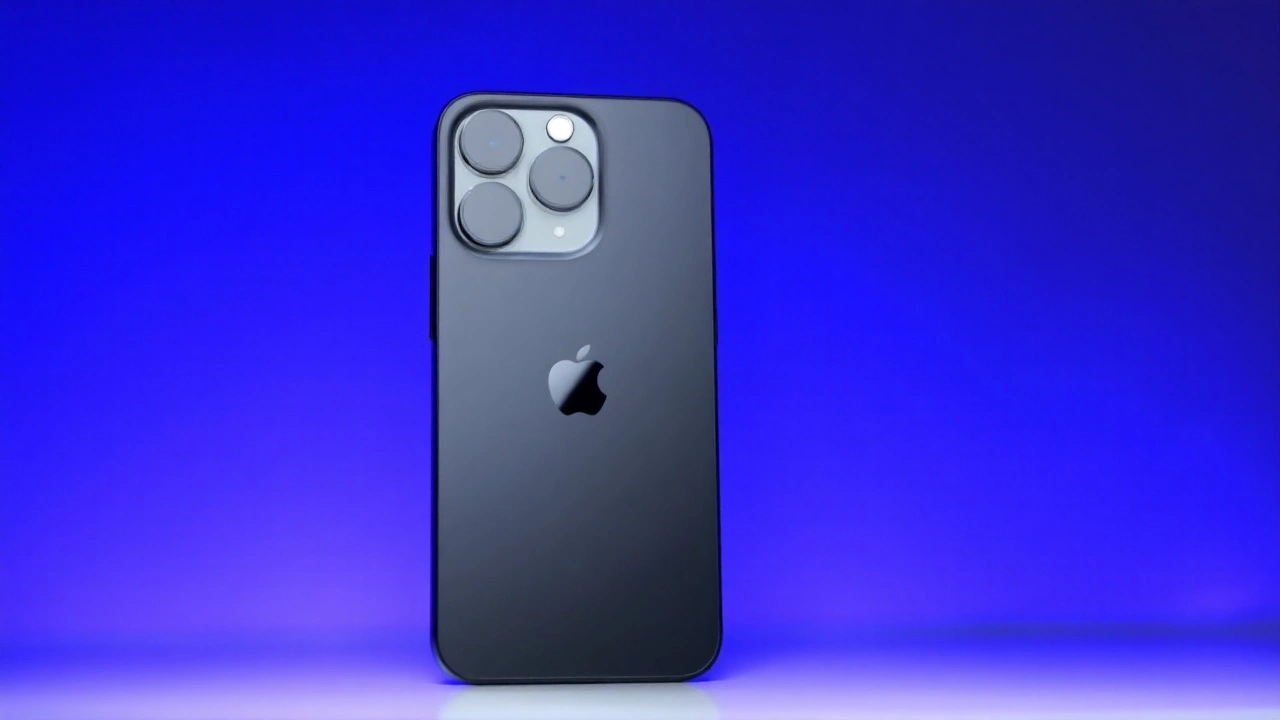India Smartphone Market: What’s Happening and Why It Matters
India’s mobile scene is buzzing more than ever. With over 750 million users, the country is the world’s second‑largest smartphone market. Every quarter brings new launches, price wars, and shifting preferences. If you’re trying to decide which phone to buy, or you’re a brand looking for a foothold, knowing the current trends can save you time and money.
Key Drivers Shaping the Market
First off, price is king. A huge chunk of buyers hunt for devices under ₹15,000 because they want decent performance without breaking the bank. This demand fuels the growth of budget‑centric brands that pack good cameras, fast chips, and long‑lasting batteries into affordable handsets. Second, 5G rollout is accelerating. Even though coverage is still expanding, many users are eager to upgrade to enjoy faster speeds, pushing premium and mid‑range models to include 5G support.
Third, local content matters. Apps like JioPay, ShareChat, and regional video platforms drive demand for phones that handle heavy data usage smoothly. Finally, e‑commerce platforms such as Flipkart and Amazon keep prices competitive with flash sales and exchange offers, making online buying the go‑to method for most Indians.
Top Brands and Emerging Players
When it comes to brand share, a few names dominate. Xiaomi leads the pack with its Redmi and Poco series, thanks to aggressive pricing and solid specs. Samsung stays strong in the premium segment, especially with its Galaxy S and A series that blend style and performance. Realme, a fast‑growing newcomer, grabs attention with frequent launches and aggressive marketing.
Apple, while pricey, holds a loyal slice of the market, mainly among urban professionals who value ecosystem integration. On the emerging side, Indian startups like Infinix and Tecno are gaining traction in tier‑2 and tier‑3 cities by offering feature‑rich phones at low cost. These brands often partner with local carriers for bundled data plans, adding extra appeal.
What does this mean for a shopper? If you’re on a tight budget, look at the latest Redmi or Realme models – they usually hit the sweet spot of price and performance. If you need 5G now, consider the Samsung Galaxy A53 5G or Xiaomi’s 5G‑enabled Redmi Note series. For iOS fans, the iPhone SE 2022 gives a familiar experience without the flagship price tag.
For businesses eyeing the market, focus on regional languages, affordable data bundles, and strong after‑sales service. Partnering with local e‑commerce sites for limited‑time offers can boost visibility fast. Keeping an eye on government policies around import duties and telecom spectrum will also help you navigate price fluctuations.
Bottom line: the India smartphone market is driven by price sensitivity, rapid 5G adoption, and a love for locally relevant apps. Whether you’re buying a new phone or planning a launch, understanding these forces will guide you to smarter choices and better results.
iPhone 16 Pro gets record Flipkart discount: prices crash to Rs 69,999 and Rs 89,999 in Big Billion Days
Flipkart’s Big Billion Days 2025 has slashed iPhone 16 Pro prices to Rs 69,999 and iPhone 16 Pro Max to Rs 89,999, down from Rs 1,19,900 and Rs 1,44,900. The sale began September 23, with Price Lock features to hold deals. With Apple gearing up for the iPhone 17 cycle, the timing points to aggressive inventory moves and rare savings on premium iPhones in India.
Read more